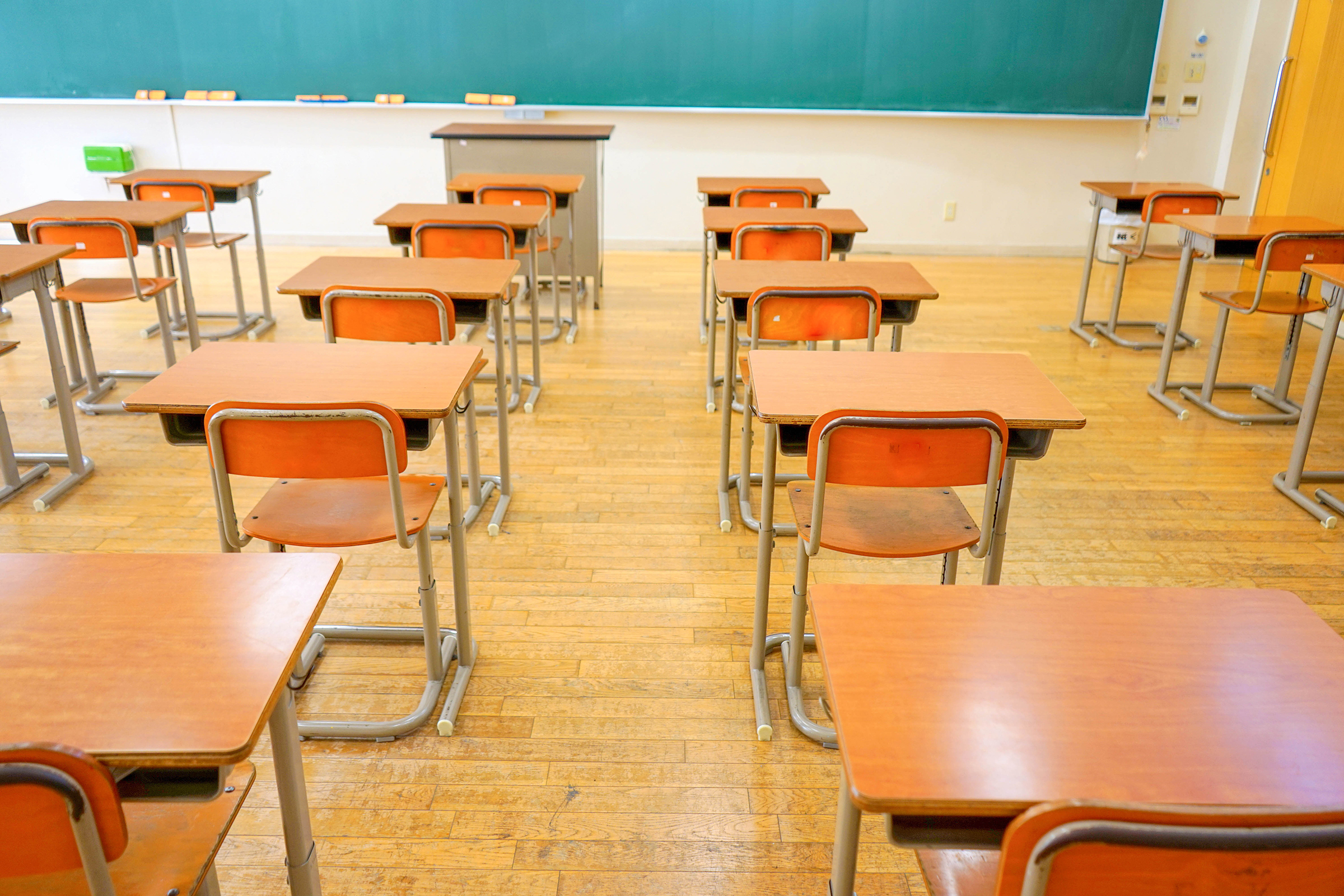KINGWOOD — Students in Preston County will return to in-person learning for a short first week back on Monday, after a switch was made to virtual learning on Sept. 14.
Enough teachers were out on Sept. 13 that eight classrooms went unfilled. Almost 1,000 students were also absent from school, with a large number either in quarantine after a COVID-19 exposure or positive with the virus.
“The two-week closure gave us time to get all of the staff and students through the required quarantines so that we could adequately staff our classrooms and get as many students as possible returned,” Superintendent Stephen Wotring said. “We really were just trying to get everyone through that quarantine period.”
The overwhelming majority of people whom Wotring has heard from “desperately” want to return to in-person learning, though a few wanted to wait until at least two weeks after the Buckwheat Festival. Students will have Oct. 1 off from school because of the festival. Oct 4 is a staff day and students will be off.
Students will have to wear a mask for their return to school and the policy will be enforced, Wotring said. The Board of Education voted at a special meeting on Aug. 30 to require masks until at least Sept. 27, at which time the policy would be re-evaluated. The board is scheduled to meet on Monday evening and COVID protocols is an agenda item.
There have been about 30 parents, grandparents and others protesting a mask mandate at several of the last regular meetings, and the special meeting where the mask mandate was voted for.
Wotring said the staffing issue that contributed to the shortage of personnel on Sept. 13 goes far beyond COVID and will affect the school system for a long time to come.
“We are facing a critical shortage in professional and service personnel,” he said. “Most recently we had a kindergarten teaching job posted. We did not receive a single application for the position. Our colleges have fewer and fewer students enrolling in education programs.”
The biggest challenge in the switch to remote learning was how quickly it happened — not giving much time for teachers to work with students ahead of time getting everything, such as hot spots for those without internet at home, set up for remote learning, Wotring said. However, hot spots don’t work without cell service.
Teachers and students were both more familiar with the process of remote learning this time around, Wotring said. Teachers knew what to expect and how to set up the remote learning platforms.
“We didn’t have to jump through near as many hoops as we did when this began a year and a half ago,” Wotring said.
TWEET @DominionPostWV




